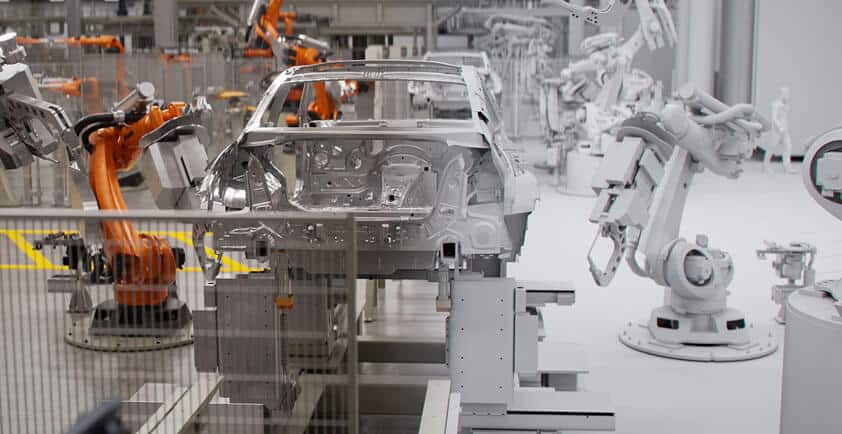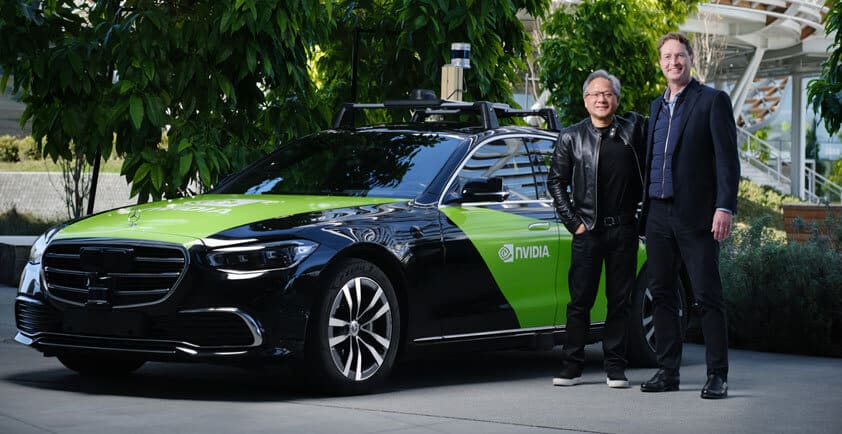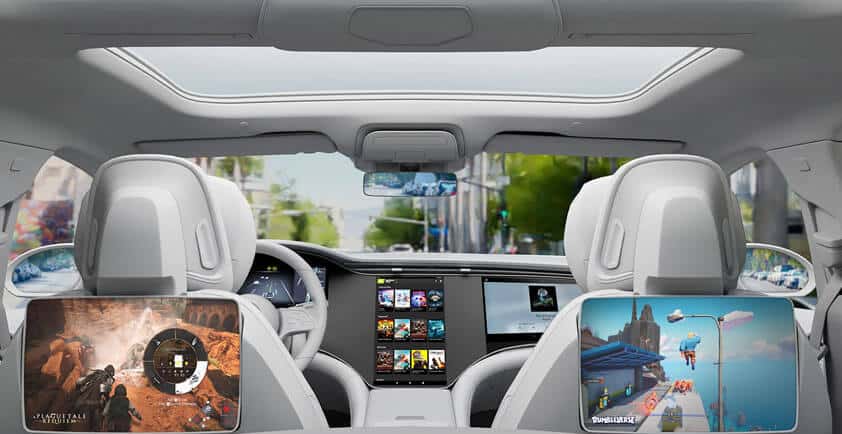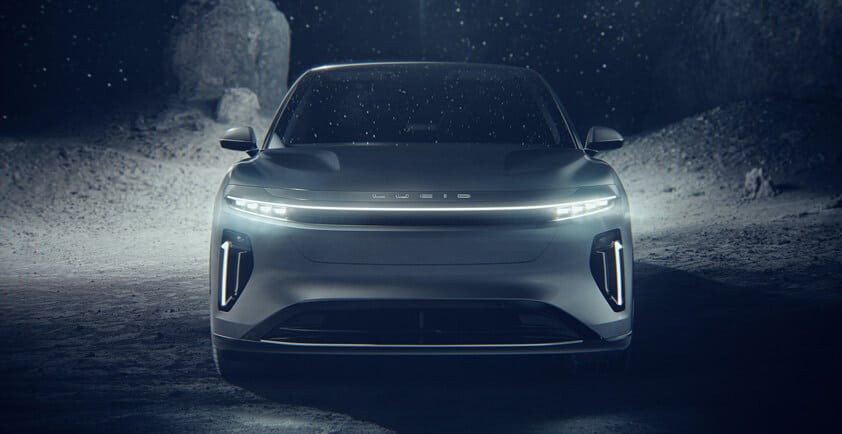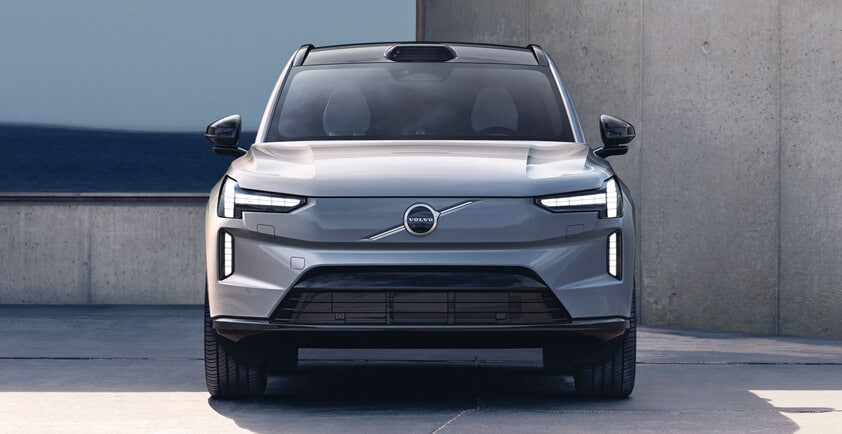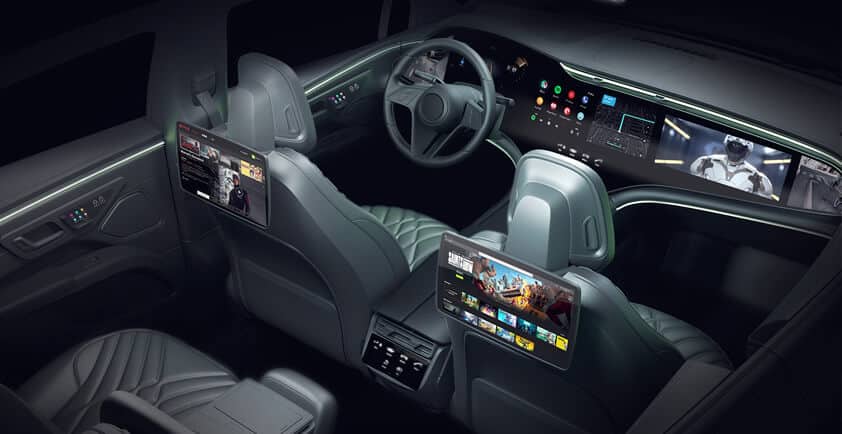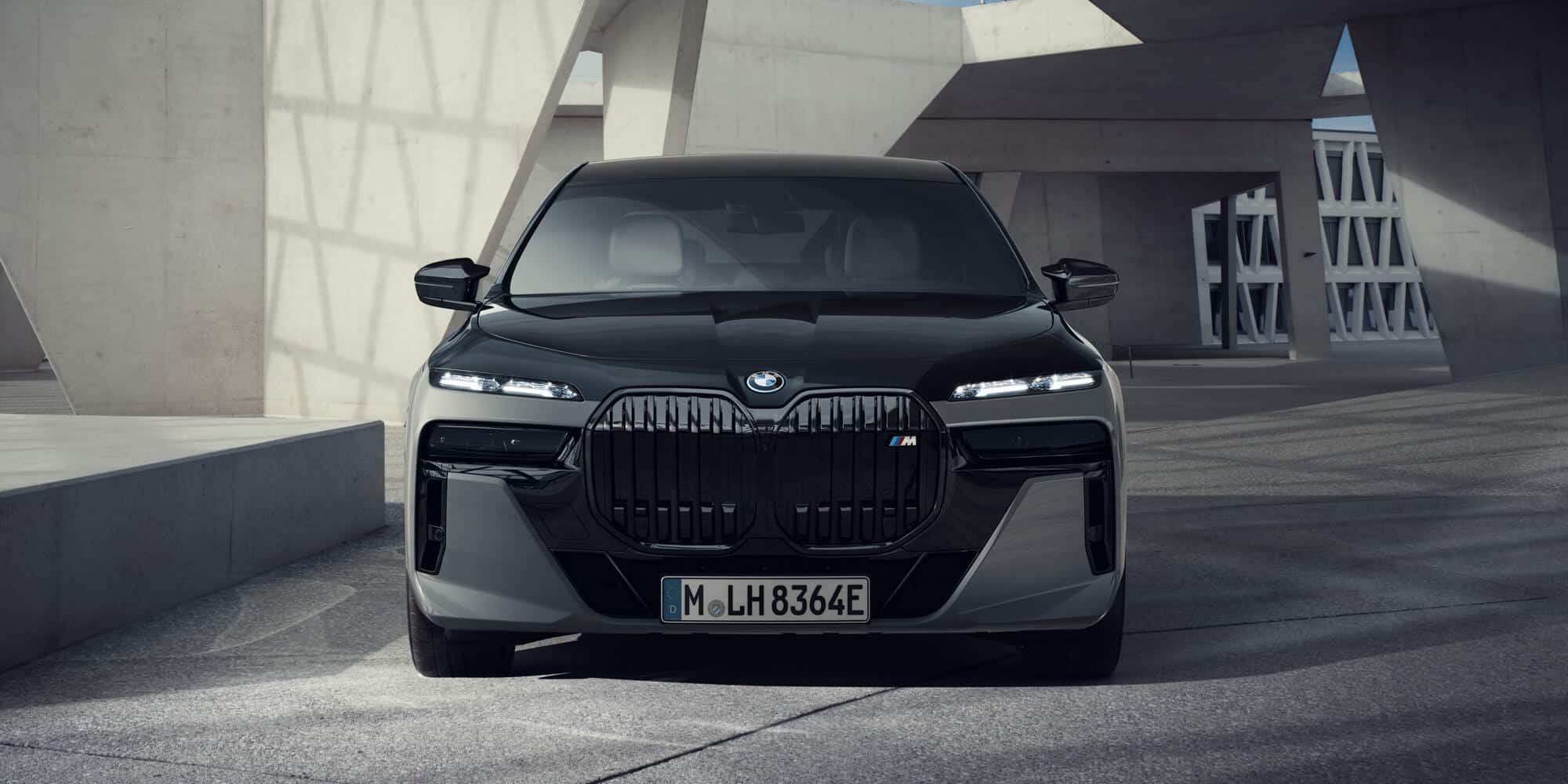
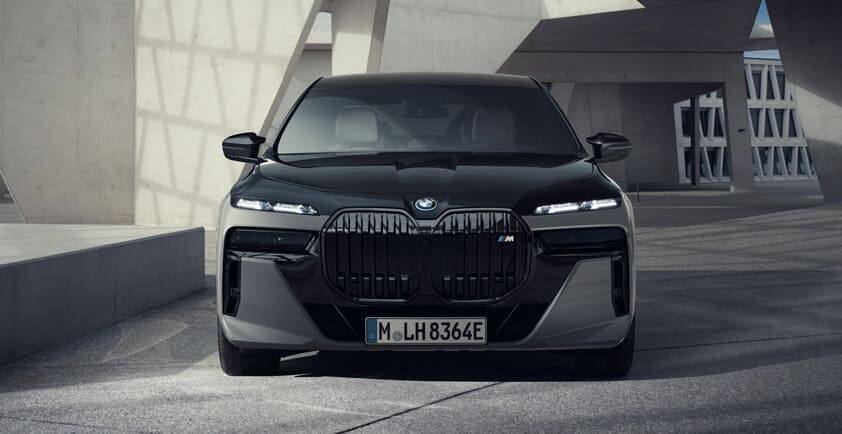
AI SHOWS THE WAY: SEOUL ROBOTICS HELPS CARS MOVE, PARK ON THEIR OWN
>> NVIDIA Metropolis member makes cars autonomous using AI-enabled computer vision platform powered by NVIDIA Jetson AGX Orin.
Imagine driving a car — one without self-driving capabilities — to a mall, airport or parking garage, and using an app to have the car drive off to park itself.
Software company Seoul Robotics is using NVIDIA technology to make this possible — turning non-autonomous cars into self-driving vehicles.
Headquartered in Korea, the company’s initial focus is on improving first- and last-mile logistics such as parking. Its Level 5 Control Tower is a mesh network of sensors and computers placed on infrastructure around a facility, like buildings or light poles — rather than on individual cars — to capture an unobstructed view of the environment.
The system enables cars to move autonomously by directing their vehicle-to-everything, or so-called V2X, communication systems. These systems pass information from a vehicle to infrastructure, other vehicles, any surrounding entities — and vice versa. V2X technology, which comes standard in many modern cars, is used to improve road safety, traffic efficiency and energy savings.
Seoul Robotics’ platform, dubbed LV5 CTRL TWR, collects 3D data from the environment using cameras and lidar. Computer vision and deep learning-based AI analyze the data, determining the most efficient and safest paths for vehicles within the covered area.
Then, through V2X, the platform can manage a car’s existing features, such as adaptive-cruise-control, lane-keeping and brake-assist functions, to safely get it from place to place.
LV5 CTRL TWR is built using NVIDIA CUDA libraries for creating GPU-accelerated applications, as well as the Jetson AGX Orin module for high-performance AI at the edge. NVIDIA GPUs are used in the cloud for global fleet path planning.
Seoul Robotics is a member of NVIDIA Metropolis — a partner program centered on an application framework and set of developer tools that supercharge vision AI applications — and NVIDIA Inception, a free, global program that nurtures cutting-edge startups.
Autonomy Through Infrastructure
Seoul Robotics is pioneering a new path to level 5 autonomy, or full driving automation, with what’s known as "autonomy through infrastructure."
"Instead of outfitting the vehicles themselves with sensors, we’re outfitting the surrounding infrastructure with sensors," said Jerone Floor, vice president of product and solutions at Seoul Robotics.
Using V2X capabilities, LV5 CTRL TWR sends commands from infrastructure to cars, making vehicles turn right or left, move from point A to B, brake and more. It achieves an accuracy in positioning a car of plus or minus four centimeters.
"No matter how smart a vehicle is, if another car is coming from around a corner, for example, it won’t be able to see it," Floor said. "LV5 CTRL TWR provides vehicles with the last bits of information gathered from having a holistic view of the environment, so they’re never ‘blind.’"
These communication protocols already exist in most vehicles, he added. LV5 CTRL TWR acts as the AI-powered brain of the instructive mechanisms, requiring nothing more than a firmware update in cars.
"From the beginning, we knew we needed deep learning in the system in order to achieve the really high performance required to reach safety goals — and for that, we needed GPU acceleration," Floor said. "So, we designed the system from the ground up based on NVIDIA GPUs and CUDA."
NVIDIA CUDA libraries help the Seoul Robotics team render massive amounts of data from the 3D sensors in real time, as well as accelerate training and inference for its deep learning models.
As a Metropolis member, Seoul Robotics received early access to software development kits and the NVIDIA Jetson AGX Orin for edge AI.
"The compute capabilities of Jetson AGX Orin allow us to have the LV5 CTRL TWR cover more area with a single module," Floor added. "Plus, it handles a wide temperature range, enabling our system to work in both indoor and outdoor units, rain or shine."
Deployment Across the Globe
LV5 CTRL TWR is in early commercial deployment at a BMW manufacturing facility in Munich.
According to Floor, cars must often change locations once they’re manufactured, from electrical repair stations to parking lots for test driving and more.
Equipped with LV5 CTRL TWR, the BMW facility has automated such movement of cars — resulting in time and cost savings. Automating car transfers also enhances safety for employees and frees them up to focus on other tasks, like headlight alignment and more, Floor said.
And from the moment a vehicle is fully manufactured until it’s delivered to the customer, it moves on average through up to seven parking lots. Moving cars manually costs manufacturers anywhere from $30 to $60, per car, per lot — meaning LV5 CTRL TWR can address a $30 billion market.
The technology behind LV5 CTRL TWR can be used across industries, Floor highlighted. Beyond automotive factories, Seoul Robotics envisions its platform to be deployed across the globe — at retail stores, airports, traffic intersections and more.
